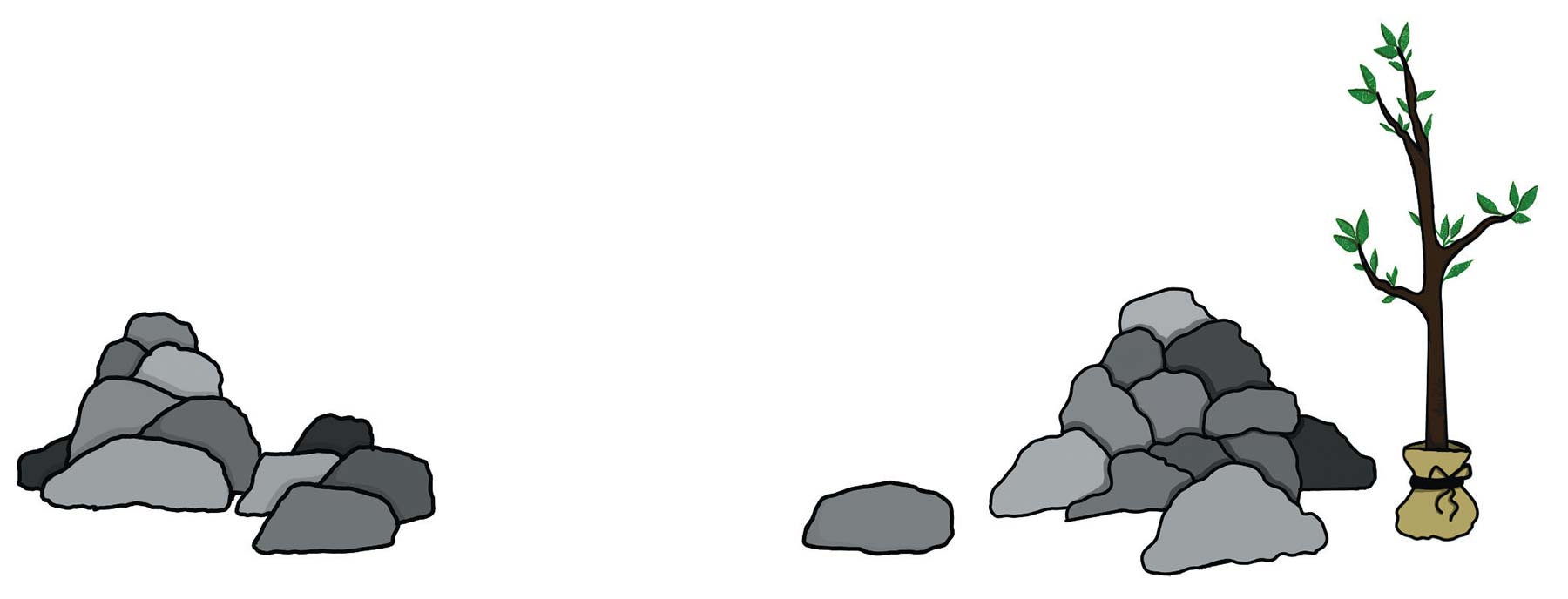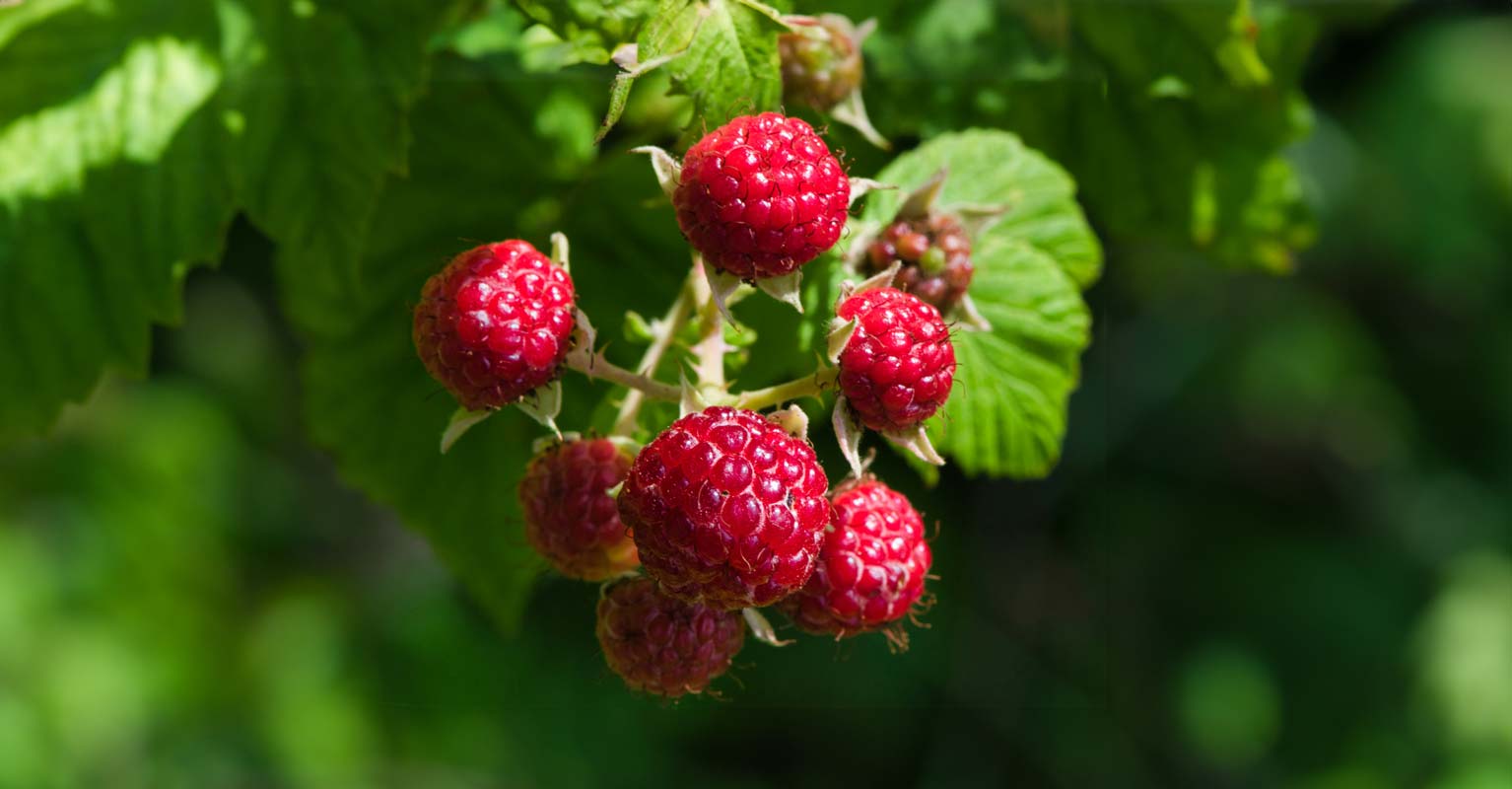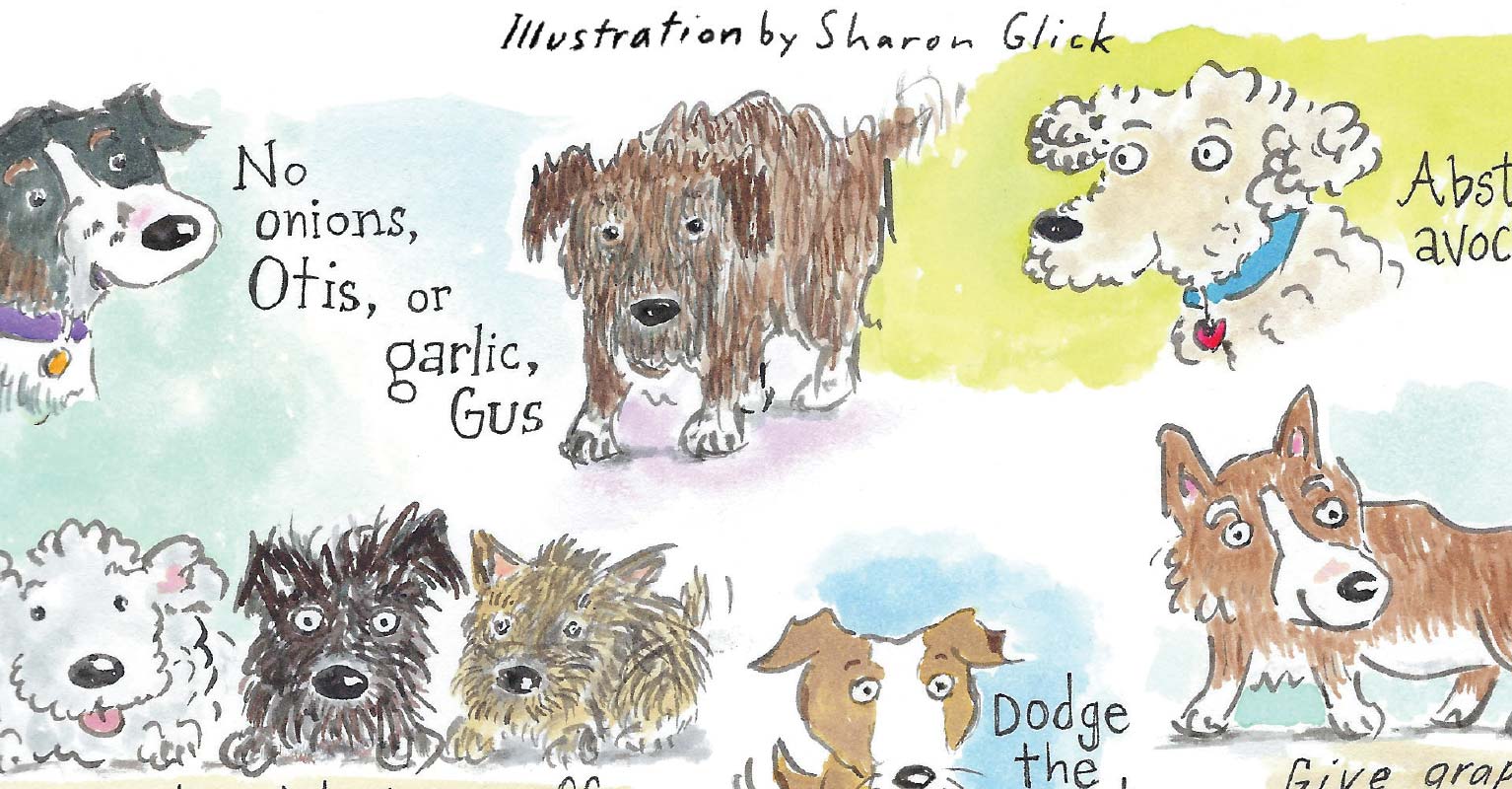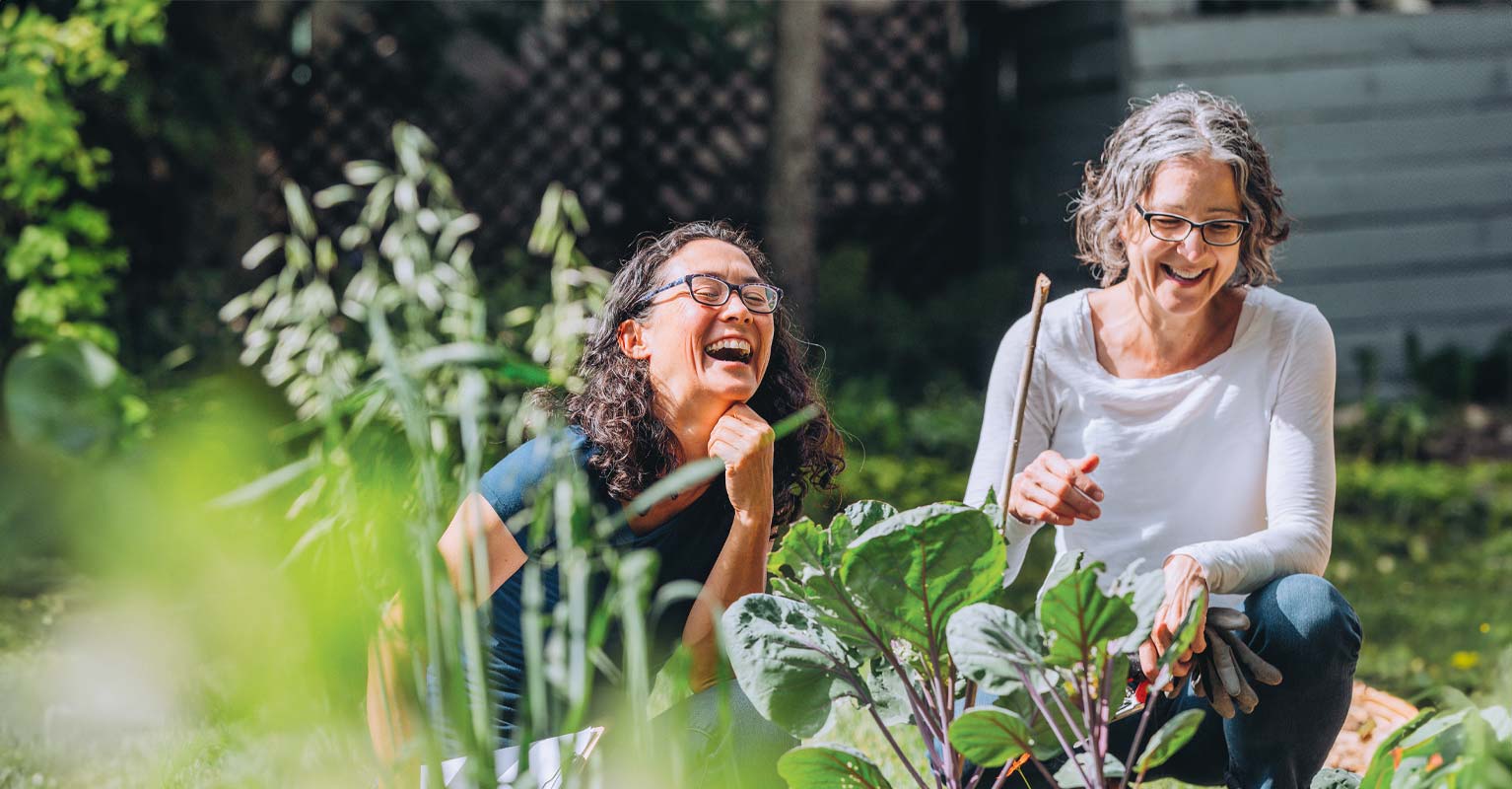Severe clouds threaten to open at any moment and bring rain that reminds me of home. The possibility of rain isn’t enough, so I fill buckets of water with my partner, Kylie Cassidy, intent on hydrating the tree line that runs the western side of Daichi Farm. Daichi means vast earth in Japanese, and this place is home to Kokoro and Three Seed farms.
In the distance, Meara Cassidy and Travis Cox, co-owners of Kokoro, slowly work their way through a newly tilled field—hands plunging into the disturbed soil, extracting stones the size of my head, and tossing them into the tractor’s bucket with a crash.
Beneath the spigot, water is pooling up around my ankles. Once one bucket is filled, we move on to the next. The sound of rushing water against the plastic wall of the 3-gallon bucket is deafening—it washes out the soft thrum of a teasing rain. These buckets, like many things on the farm, are multipurposed. During markets, they house hundreds of tulips, dahlias, lisianthus, and peonies.

Looking south from the spigot, you can see the line of trees that borders one side of the 24-acre plot. On the neighboring property, the original house built under the Homestead Act still stands. The property line is marked by an old crabapple tree. A herd of sheep and exactly one carrot-loving donkey graze those fields. On the eastern side of Daichi, the Bridger Mountains stretch upward. Snow-capped and angular, their severe features are so pronounced it feels as if I could reach out and touch them.
The tree line is littered with all variety of bushes and saplings, eager for water and to be away from the searching lips of deer. The two tallest trees are conifers that stand over 6 feet high; both planted the first spring we arrived. One was purchased, the other—in a word—rescued. Bound for the dump, instead it found its way onto Daichi Farm.
When sisters Meara and Kylie got the property, it was nothing but weeds and a gravel driveway. Daichi was once a place where only thistle and bindweed thrived—it still does, but now there are more things as well: six hoop houses, a 7.5-acre production plot fenced by 250 hand-driven T-posts, a Honda 90 trail bike, a greenhouse, several tractors, two dogs, two cats, a 400-square-foot tiny house, and, blessedly, a bathroom.
Virtually all of it was constructed by a single family, some related by blood, others picked up along the way. Seeing what has become of the property proves that in life you get what you put in.
As I walk with my sloshing bucket, a killdeer chatters and shimmies off, luring me away from an unseen nest. Overhead, a sandhill crane calls, and off in the distance its lover answers.
Behind this melody is the rhythm of rain—punctuated by another stone landing in the tractor’s bucket. Soon, they’ll wheel the tractor back to the barn and offload the haul of rocks. The mountain of stones is taller than the trees, for now.




